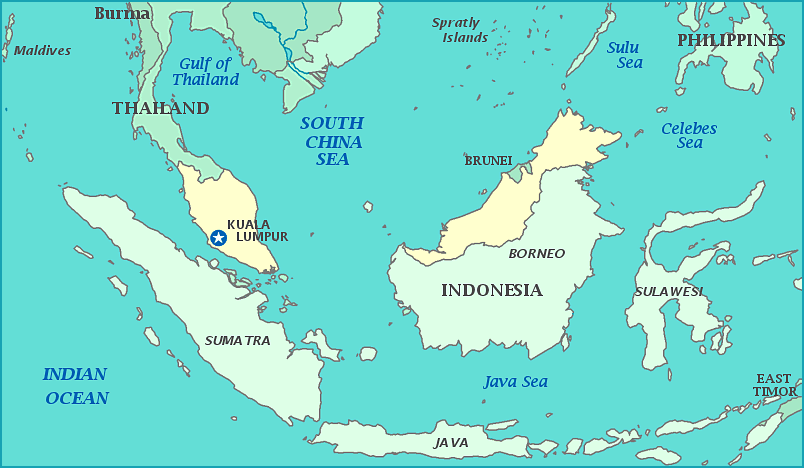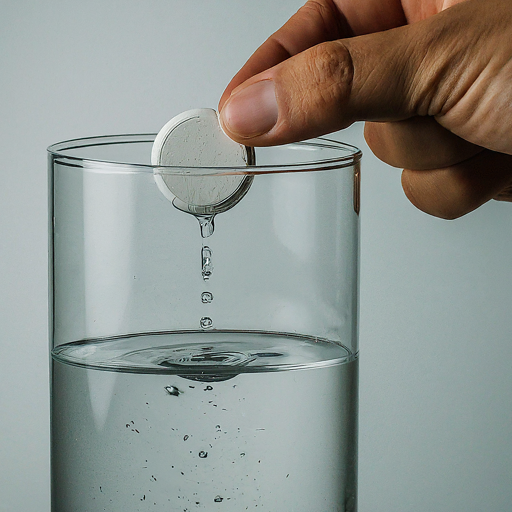What is Every Vessel Operator Required to do?
Vessel operator means the person onboard a fishing vessel who is responsible for leading a fishing vessel in fishing or transit operations and who signs the corresponding fish ticket from that fishing trip. In recent years, there has been an increase in vessel operators and the number of vessel accidents leading to deaths. Although only a few people know what every vessel operator required to do is, the job of a vessel operator is highly complex.
In 2015 alone, the number of reported accidents was over 1,000 leaving eight dead. Although the number of vessels has increased since then, with a total of 16,344 registered in 2017, it is still lower than in 2014, when there were 20,531 vessels registered. The previous year’s accumulated data shows that accidents have become more common, with 2,909 hull losses and 27 deaths in 2015.
Vessel operators are responsible for the ship’s safety to the greatest extent possible. It is essential to understand that a vessel must be operated by someone physically present onboard, which means that people must maintain onboard safety at all times. Therefore, it is necessary to understand how fishing vessels work and be familiar with all mechanisms aboard the boat for vessel operators to ensure safe operations for both themselves and their crew members. Let’s discuss what every vessel operator required to do in detail is.
Responsibility of vessel operator
The captain of a vessel is responsible for ensuring that they are always capable of reproducing an accident-free landing within their account. Fishing vessels can come in many shapes and sizes, from small boats to large trawlers. The largest vessel ever built is the Delta Mariner, which is the world’s largest fishing vessel and the only one that is a floating island. It measures 249 meters long and 47 meters wide and has a gross tonnage of 50,000 tons. This ship can fish at depths as low as 2,500m and travel as far as 5,600 nautical miles.
The United States of America has been ranked second in fishing vessel registries globally, with 621 vessels out of 16,344 registered in 2017. Canada ranks sixth with 588 vessels out of 16,344 total registered globally. In addition, the United States has 1,062 registered in Alaska, many of which are similar to Japan’s top fishing vessel, the “Norway.”
A significant problem associated with fishing accidents is human error. Therefore, it is necessary to understand that a vessel operator’s performance can be affected by their ability to make decisions and execute them accordingly. Three types of risk are associated with fishing vessels: environmental hazards, operational risk, and human error.
Environmental risks include weather, such as fog, that can cause a lack of visibility and lead to accidents such as collisions or grounding. In addition, operational risks such as machinery failure contribute to increased human error if the weather remains stable because the operators must rely on alternative methods for producing power for the vessel.
What is Every Vessel Operator Required to do? Safety Tips Give-way
“Give-way” is an order the vessel operator gives to other vessels, which must be obeyed. The order is given in case the vessel operator perceives another vessel as already in danger. The most common dangers of collision are those involving counter-rotating propellers. In a collision of fishing vessels, it is essential that the captain gives way to a vessel under their command and understands the size and speed of their vessel compared to that of another ship. The First Contact Rule applies when two vessels are about to collide. The vessel that has the other vessel on its right side must give way to avoid the collision. Let’s have a detailed view of what every vessel operator required to do in detail:
The following factors affect whether the First Contact Rule is observed:
- Collision-avoidance knowledge
- Apparent size of the first vessel
- The second vessel avoided the collision by changing course or speed
- “Speed and maneuverability” (if over 500 gross tons)
Fishing vessels must watch for other vessels in their area through all times of day and night. Vessel operators must also watch throughout the trip, day or night.
Vessel operators are required to maintain a safe speed in all conditions, which means that the speed at which they travel can be affected by the following factors:
- Waves and swell
- Navigational conditions such as fog or darkness
- Currents and mangroves
Vessel operators must always maintain regular checkups on their vessel’s machinery. They must also ensure that they use fishing equipment according to its designation for usage and maintenance of equipment.
Stand-on
“[Stand-on]” is an order the vessel operator gives to other vessels, which must be obeyed. The order is given if the vessel operator perceives another vessel as not in danger. The Second Contact Rule applies when two vessels are about to collide. The vessel must give way to avoid the collision. Vessel operators must maintain a safe distance from all navigational ways, which must be no less than half the ship’s length.
In addition, they must maintain a two-minute gap between all ships that are fishing together. Furthermore, a distance of one mile must be maintained by people between a fishing vessel and any other vessels in transit. Finally, fishing vessels must maintain a safe distance from all islands and land masses.
Proper seamanship
Vessel operators must maintain the safety of their vessel, crew members, and all other vessels on the water. Therefore, many regulations apply to fishing vessels, which people must understand for safe operations to occur globally.
Vessel operators are required to keep a physical logbook onboard their vessel and make entries at least every four hours. This book must also contain information about the vessel’s position at all times and any events that have transpired, such as severe weather or navigational hazards like coral reefs.
A vessel operator is required by law to maintain a fire extinguisher on board their ship, designed specifically for fires that may occur on a fishing boat. The vessel operator must be able to utilize this fire extinguisher a required number of times per year.
Specific regulations about the fishing gear carried onboard a fishing vessel must be adhered to. Fishing gear is classified by type, length, and location on the vessel. Users must use fishing equipment such as cables, winches, and anchors according to their designated type for safety purposes.
Rules of the road
Vessel operators must follow the rules and regulations of all countries in which they operate. The International Ice Patrol (IIP) is a US Coast Guard unit that monitors fishing activity. The IIP is responsible for issuing regulations for operating fishing vessels to avoid maritime accidents and other incidents.
In 2000, the IIP was established to enforce safety regulations and provide safety information to boaters through its “Fishing Net” website. In addition, the IIP provides customer service through telephone calls, information distribution, radio message transmission, and news articles published on its website.
There are oceanographic vehicles (referred to as “ocean buoys”) that fishermen can utilize to assist with monitoring fishing activity on a global scale.
The above-listed portion explains what every vessel operator required to do is.






















